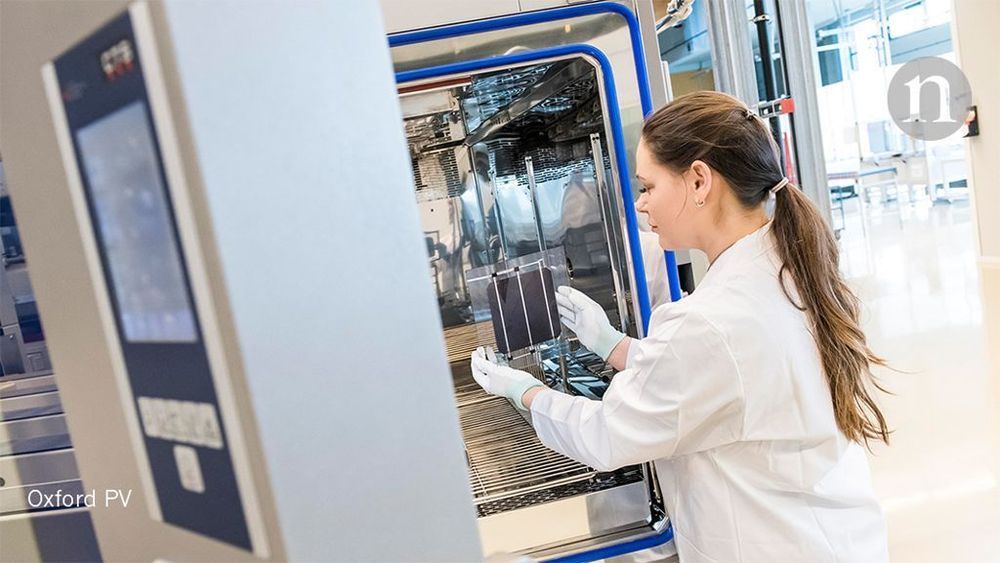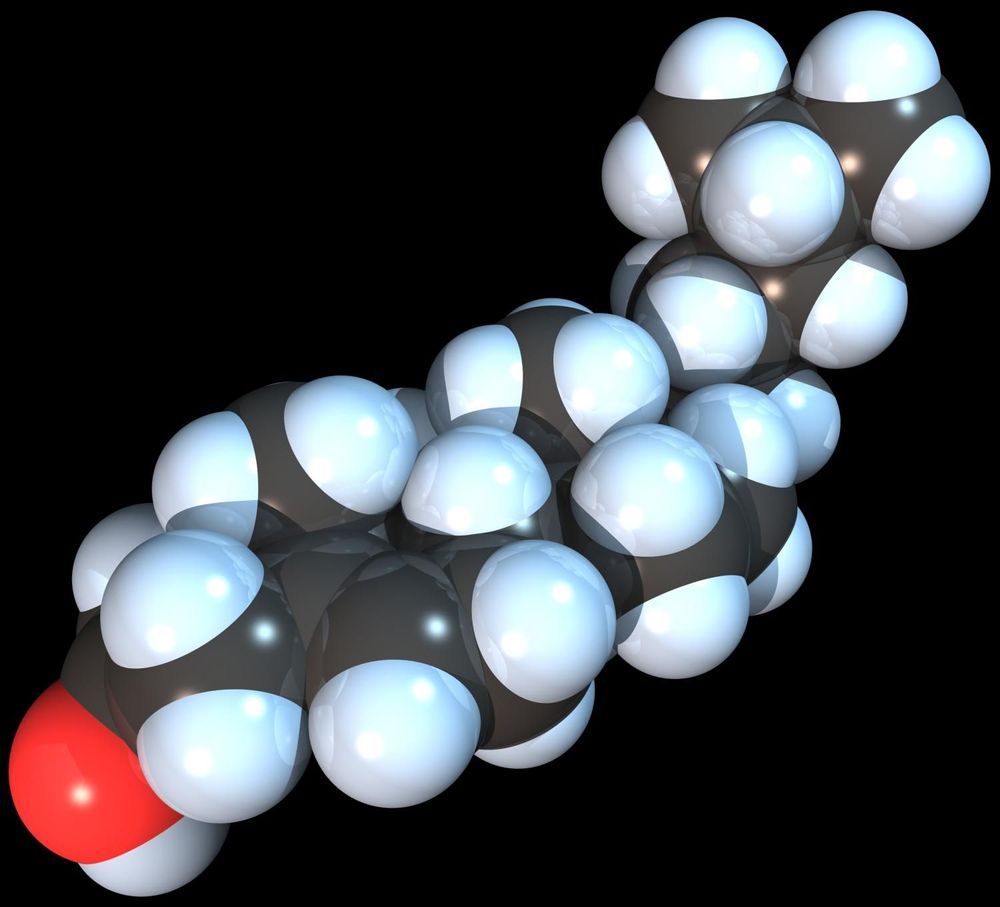Solar panels that don’t occupy valuable land.
Saving space whilst saving the planet.
Solar panels that don’t occupy valuable land.
Saving space whilst saving the planet.


For decades, slabs of crystalline silicon have dominated the solar industry. Other materials that can be layered in thin films, such as copper indium gallium selenide (CIGS) and cadmium telluride (CdTe), have captured less than 5% of the market, because it’s hard to make them as efficient or cheap as conventional solar panels. Perovskites could be a different story. They should be cheaper to make and seem impressively efficient at converting sunlight into electricity — in the laboratory, at least.
Companies say they are close to commercializing cheap perovskite films that could disrupt solar power — but are they too optimistic?


Jigang Wang and his collaborators have demonstrated light-induced acceleration of supercurrents, which could enable practical applications of quantum mechanics such as computing, sensing and communicating. Larger image. Image courtesy of Jigang Wang.
AMES, Iowa – Jigang Wang patiently explained his latest discovery in quantum control that could lead to superfast computing based on quantum mechanics: He mentioned light-induced superconductivity without energy gap. He brought up forbidden supercurrent quantum beats. And he mentioned terahertz-speed symmetry breaking.


Blockchain will make sure green pledges aren’t just green wash.
When a country or a company makes a promise to reduce carbon emissions, respect fishing quotas or cut toxic output, how can we be sure they’ll keep their word?
The truth is, it’s often extremely hard. But a new initiative — Global Ledger — led by a group of World Economic Forum Young Global Leaders (YGLs) aims to change that.
Using data from a nearly-infinite array of observation devices — drones, cameras, nano-satellites and soon-to-be-ubiquitous Internet of Things applications — reliable and unbiased information can be gathered and then stored using blockchain technology, which ensures data is verified and almost impossible to manipulate.



Current guidelines recommend lowering cholesterol for heart disease risk reduction. New findings indicate that if cholesterol dips too low, it may boost the risk of hemorrhagic stroke, according to researchers.
Over a period of nine years, a Penn State-led study examined the relationship between low-density lipoprotein cholesterol—LDL, commonly known as “bad” cholesterol—and hemorrhagic stroke. This type of stroke occurs when a blood vessel bursts in the brain.
The researchers found that participants with LDL cholesterol levels below 70 mg/dL had a higher risk of hemorrhagic stroke.